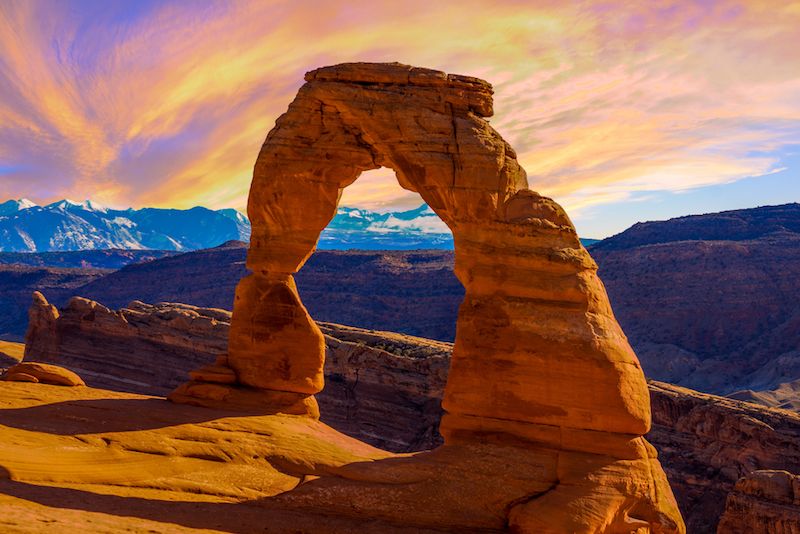
Handful of National Parks Reopen With State Funds

The shuttered entrances of national parks and monuments from Yosemite to the Grand Canyon to the Statue of Liberty have become one of the most visible symbols of the U.S. government shutdown, now entering its third week.
The closure of these parks has taken a big economic hit on surrounding communities, which depend on the influx of park tourists for their livelihoods. To limit the blow, several states have asked the federal government to let them foot the bill to reopen key parks and monuments while the shutdown continues, and the government has agreed. All but one of the re-opened spots is in the West, and most are found in Utah. Here is a full list of the 12 re-opened parks, along with the dates that the state donations allow them to be open:
- Arches National Park, Utah (Oct. 11-20)
- Bryce Canyon National Park, Utah (Oct. 11-20)
- Canyonlands National Park, Utah (Oct. 11-20)
- Capital Reef National Park, Utah (Oct. 11-20)
- Cedar Breaks National Monument, Utah (Oct. 11-20)
- Glen Canyon National Recreation Area, Utah (Oct. 11-20)
- Natural Bridges National Monument, Utah (Oct. 11-20)
- Zion National Park, Utah (Oct. 11-20)
- Rocky Mountain National Park, Colo. (Oct. 11-20)
- Mount Rushmore National Memorial, S.D. (Oct. 14-23)
- Grand Canyon National Park, Ariz. (Oct. 12-18)
- Statue of Liberty National Monument (Oct. 12-18)
National Park icons Yosemite and Yellowstone remain closed, but if you're jonesing for a view of Half Dome, check out this virtual tour of Yosemite National Park. And if you were hoping to go leaf peeping in a national park, we've got some suggestions of state parks that have spectacular fall leaf shows.
Sign up for the Live Science daily newsletter now
Get the world’s most fascinating discoveries delivered straight to your inbox.

Andrea Thompson is an associate editor at Scientific American, where she covers sustainability, energy and the environment. Prior to that, she was a senior writer covering climate science at Climate Central and a reporter and editor at Live Science, where she primarily covered Earth science and the environment. She holds a graduate degree in science health and environmental reporting from New York University, as well as a bachelor of science and and masters of science in atmospheric chemistry from the Georgia Institute of Technology.










